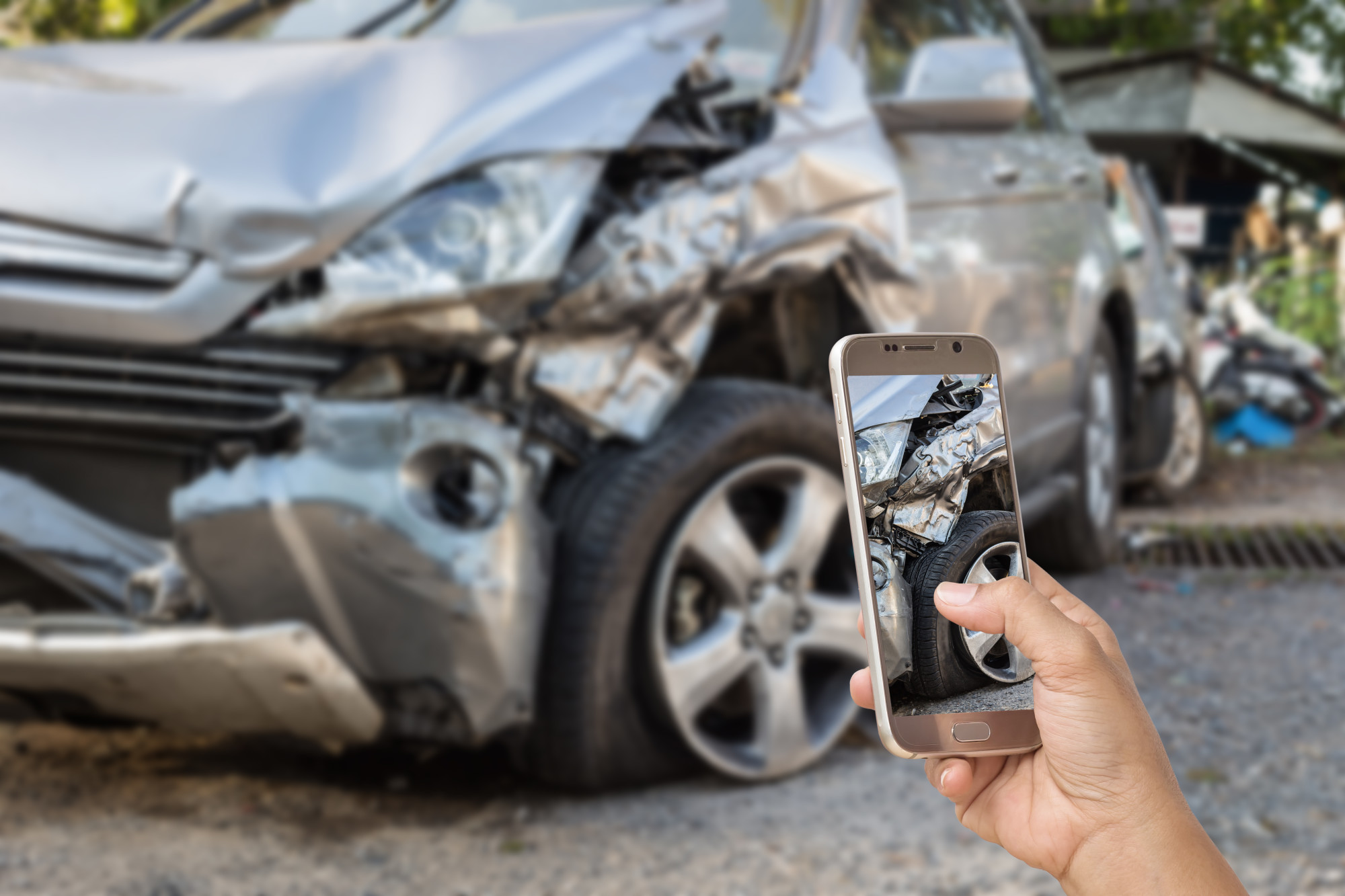You’re hurrying to the grocery store after picking up your child from school. You still have a million things to do when you get home. Thinking about it has gotten you in such a rush that you don’t notice another car come out in front of you.
Your car practically spins off the road, leaving you dazed and confused. Car accidents are a traumatic experience, and when they happen, it’s important that you act quickly to handle the situation and file a claim to try and get a replacement car.
Keep reading for the complete process of what to do after an automobile accident.
1. Make Sure Everyone Is Okay:
As soon as the accident has happened and you’ve gotten a chance to gather yourself, you should pull your car off to the side of the road. Put your hazards on and get out to see if everyone involved is okay.
If anyone is showing any symptoms, even something as small as dizziness, you need to call 911 and get them medical attention.
2. Call the Police:
Next, you need to get the police to come to the scene and make a report. Even if the accident is a minor one, a detailed report can help you with a car accident lawyer later.
Answer all of the police’s questions without pointing fingers at yourself or the other party. Let the police decide who was at fault.
3. Get a Little Info:
When you’re dealing with your insurance company or a lawyer later, you’ll have to give them a little bit of info or they won’t be able to help you with your claim. This will include:
- License plate numbers
- Makes and models of all the vehicles involved
- Location of the accident
- Contact information from any witnesses
- Insurance information
- The badge numbers of any police officer that comes to the scene
- Driver and passenger names
On top of getting a little info, it helps for you to take a few pictures to document the scene.
4. Document the Scene:
When you’re about to file a claim, most insurance companies will request that you have photographic evidence that the accident in question took place. If you have your smartphone handy, you can snap a few pictures of both cars.
5. File an Insurance Claim:
As soon as you get home after the accident takes place, you need to file your claim. Take out your insurance card and call the number on the back of it. The person on the phone will talk you through the rest.
Get Expert Advice on How to Handle an Automobile Accident:
Getting into an automobile accident is a scary process. You may not think to do all of these steps as soon as it happens, but it’s necessary if you want to file a claim. Use these tips so you can act quickly and get yourself into a new vehicle.
Was the car accident not your fault? Go here to find out if you would still need a lawyer.
Read Also:
- How To Find Best Car Accident Lawyer Near You
- Learn How Personal Injury Claims Are Resolved In 5 Steps
- Along For The Ride: Passenger Rights In-Vehicle Accidents
- What To Do When You’re Involved In A Car Accident In Albany
- What If Multiple People Are To Be Blamed For Your Injury?
- 7 Approaches To Adopt To Find The Best Solution After A Cycling Accident
- Dos And Don’ts When You’re Involved In A Motorcycle Accident In Syracuse NY






















